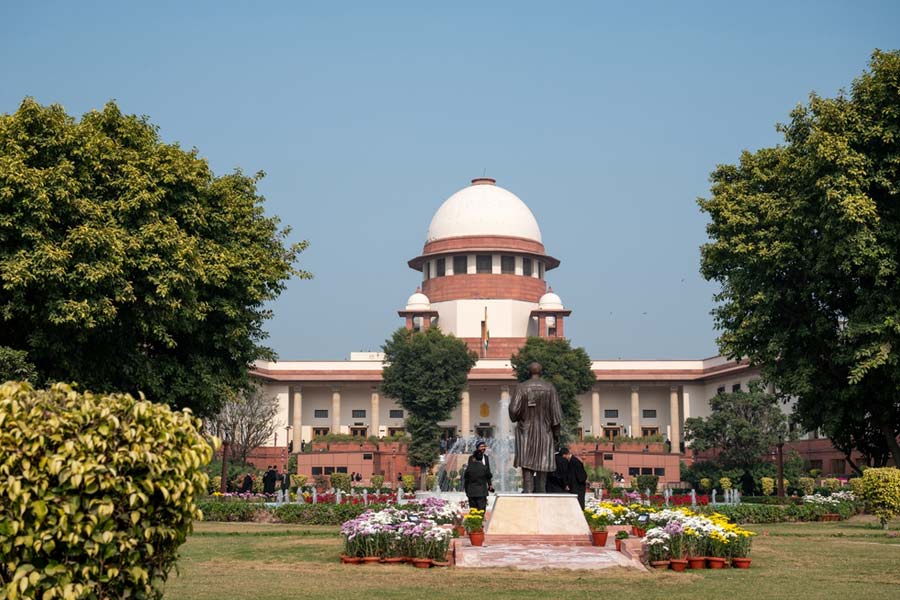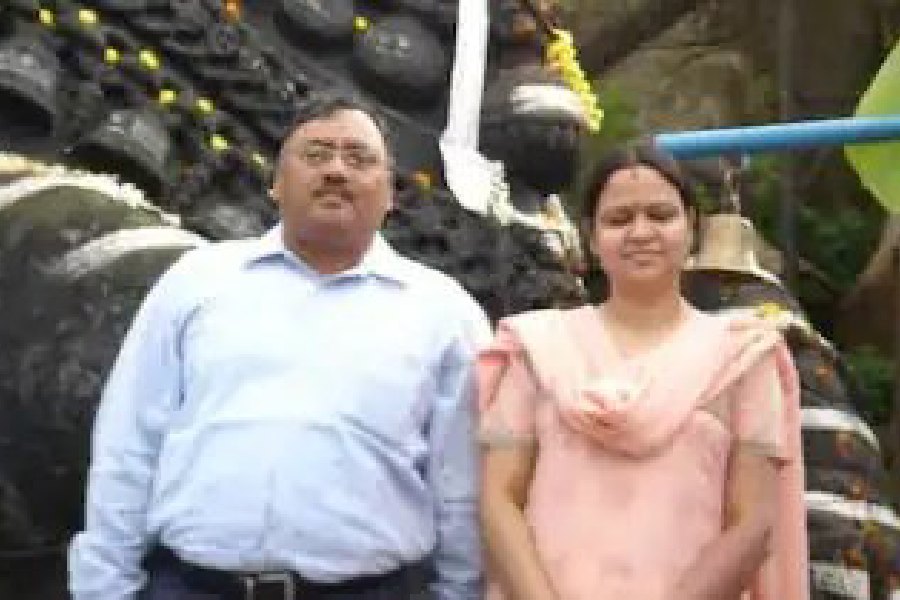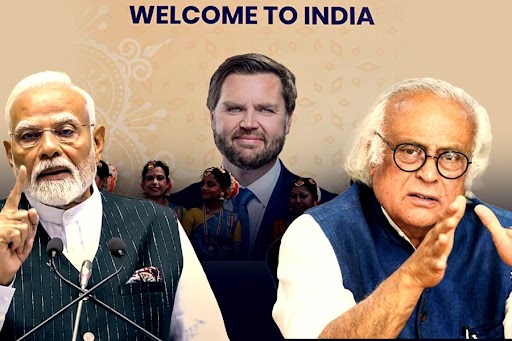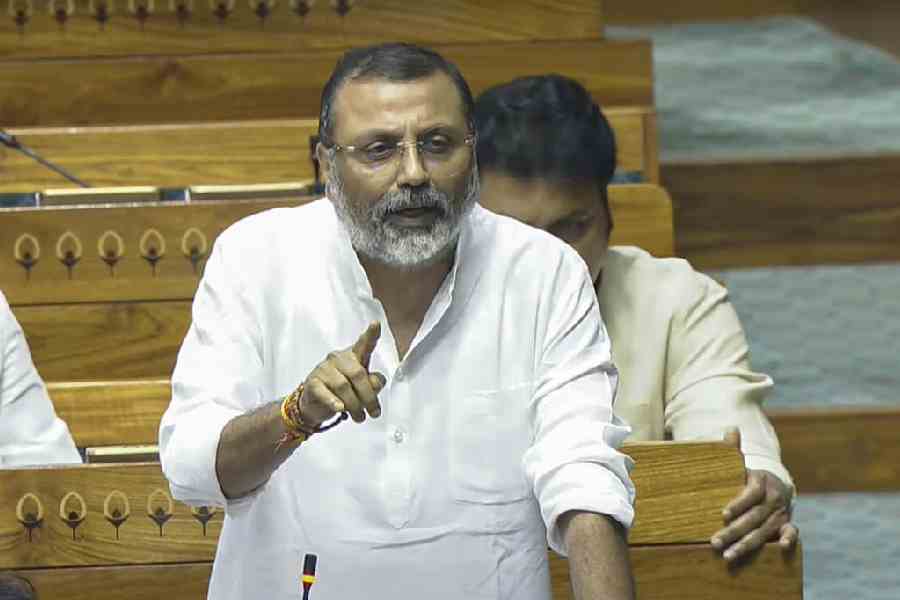 |
A silly face chocolate brown, a smirking face in blue, white and red, an yellow face that expresses astonishment or anger, a face that still retains the uneven surface of the pumpkin it was made from despite a generous coat of lime — masks from Assam, Jharkhand and Birbhum on display at the National School of Drama’s Adi Bimb festival in Dwaronda village, 12km from Bolpur.
If Cinderella’s godmother could transform a pumpkin to a beautiful chariot, tribals from across India can transform it with ease into a 10-headed Ravan, Ram or myriad gods and demons known and unknown.
But Adi Bimb was not only about masks. Conceived by Ratan Thiyam, it brought together over 600 artists from Sikkim, Tripura, Arunachal Pradesh, Odisha, Jhargram, Assam, Manipur, Mizoram, Bihar and Bengal. “You could see this as a national conference for the tribal communities, a place where artists meet, interact and draw strength from each other. The stress here is more on linking with the source than showcasing the performances,” said Thiyam, the chairman of NSD.
The opening day saw folk dancers from Assam and Tripura enchanting the audience with their instinctive grace, agility and almost magical coordination.
Subodh Patnaik, whose troupe Natya Chetana includes many tribal actors, staged Fulo.
The group uses no electronic gadgets or expensive sets and is ever ready to take plays into far-off villages on bicycles.“We are worried that today you are considered illiterate if you don’t know Stanislavski and Brecht but whatever they have done or said about theatre was already a part of our theatre 500-1,000 years back! But no one knows the names of our folk theatre. Odisha has some 15 different theatre forms which are over 500 years old,” Patnaik told Metro. “The concept of theatre is different in folk tradition because the distance between audience and actor does not exist. Everyone is a performer and no ‘stage’ exists. We have no enmity with proscenium theatre, we know that many of us feel that the theatre of the colonisers is the only mainstream theatre. Everyone is running after our Mausi, who is very cool, rich and strong, but we must not forget our Mother, the indigenous folk and traditional theatre, who is in the ICU.”
At the festival, however, the concept of “tribal” went for a toss with mobile-toting tribal youngsters in jeans taking photographs of other tribal artists. If Chezey Botia and her husband, both retired, feel young when they dance, Santhal girl Prabhati who studies in Class II of a Dangal school scribbles “poetry” in English even as her parents perform the Dong dance.
Partha Shil came with friends Ankit Rai and Sidhant Rai, both tribals. The trio are members of a troupe that performs Lepcha and Limbo dance at folk festivals. Partha is originally from Barasat and after completing his graduation from Calcutta enrolled for a music course at Sikkim University. Partha plays the flute, Ankit the tribal instrument muchunga and Sidhant the tribal tumbak.
Partha Gupta, trained at Rabindra Bharati University, led the Santhali group Birbhum Blossom Theatre in a performance titled Hasa Ora Ria Sereng (Song of the Earthen Cottage).
The festival was a first for NSD which is only just opening up to acknowledge regional theatre and art. “It’s been just six months since Ratan Thiyam and I took over and we are determined to see that NSD... should connect with people and performing arts in the rest of India. Until we give due importance to traditional and folk art forms we cannot recognise the true face of Indian theatre and NSD cannot claim to be truly Indian,” said NSD director Waman Kendre.










